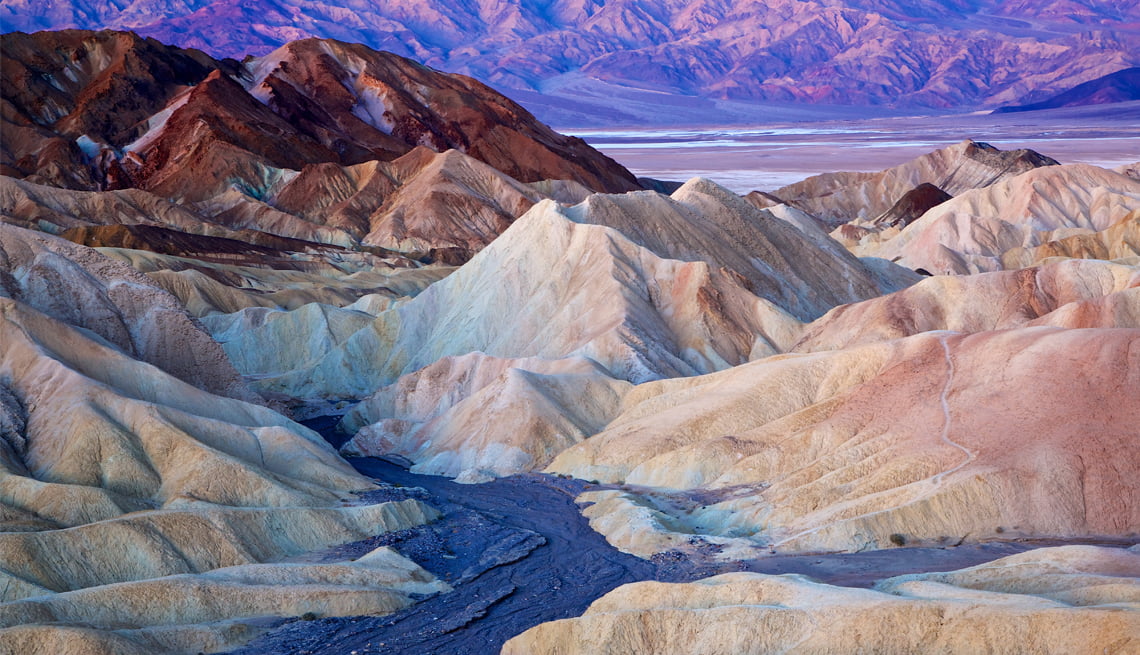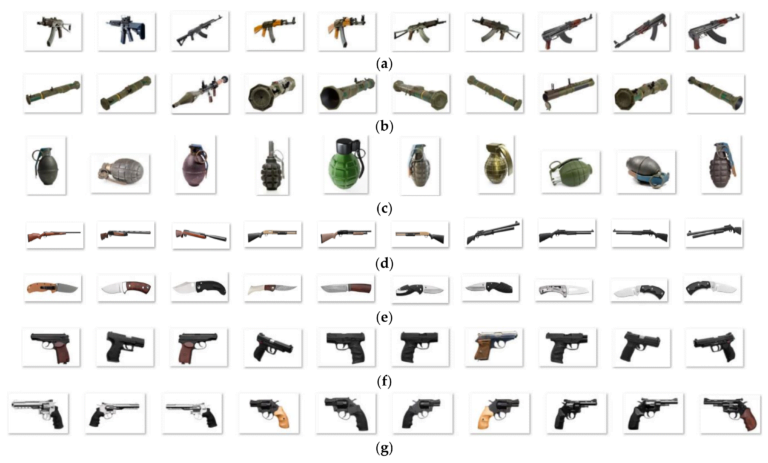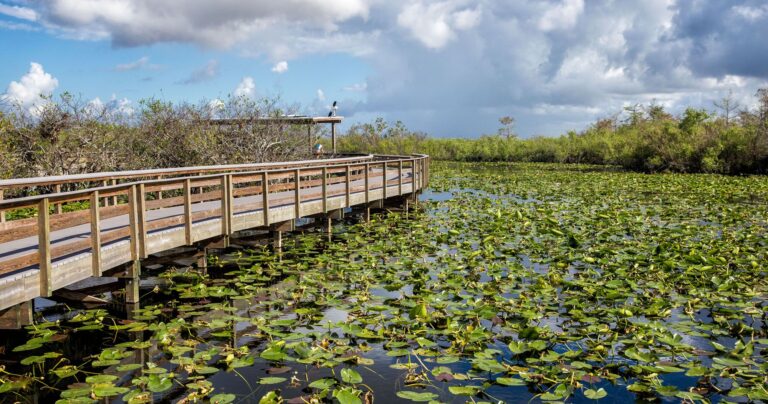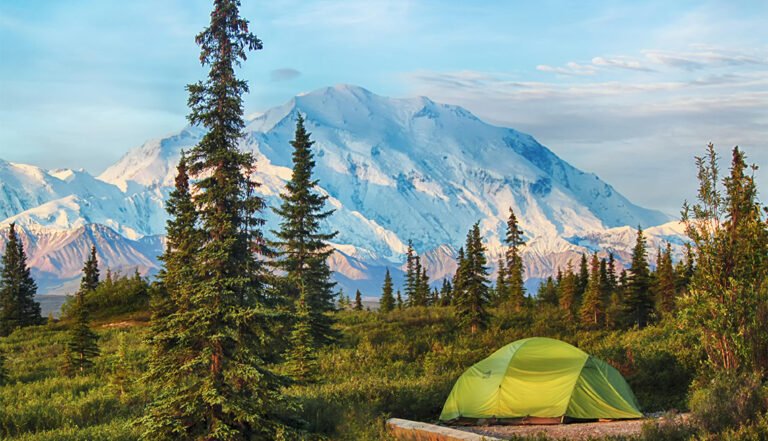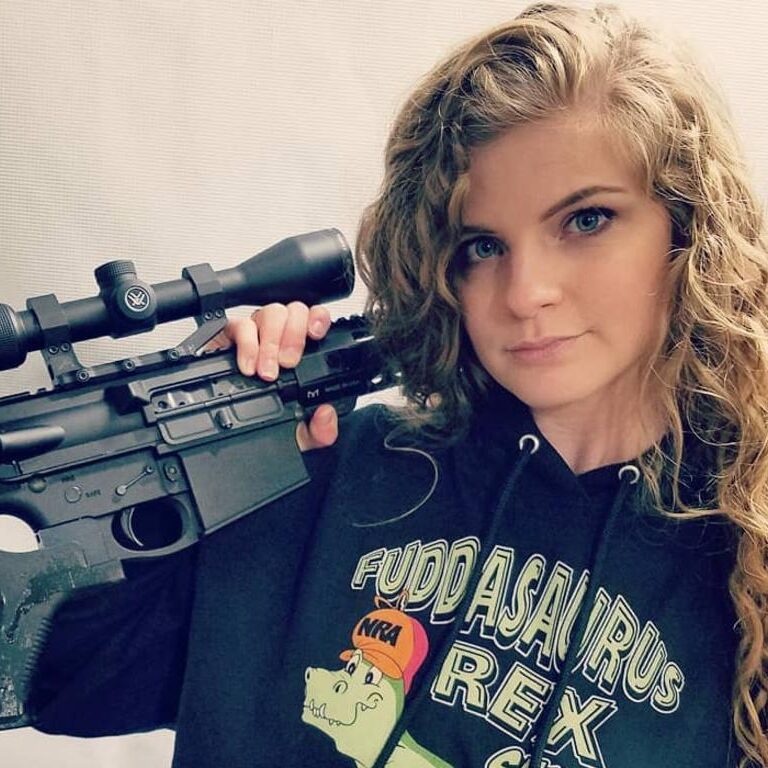Death Valley National Park
Death Valley National Park, sprawling across a vast expanse of 3.42 million acres, is a unique and captivating destination that straddles the border of eastern California and Nevada. Established in 1994, this national park draws in approximately 1.15 million visitors annually.
Its diverse landscapes, ranging from the mesmerizing Titus Canyon to the salt flats of Badwater Basin, make it a must-visit location for nature enthusiasts and adventurers alike. Amidst its breathtaking beauty and intriguing features, Death Valley National Park is also notable for its firearm regulations and visitor guidelines.
Unveiling Firearm Regulations in Death Valley National Park
On February 22, 2010, a federal law came into effect, permitting individuals who are legally eligible to own firearms under federal, state, and local laws to possess them within Death Valley National Park. If you hold a valid state CCW (Carry Concealed Weapon) license, you are authorized to carry your firearm in this park. However, visitors are entrusted with the responsibility of understanding and adhering to all relevant state, local, and federal gun laws before entering the park’s premises.
It’s essential to note that certain areas within the park are designated as firearm-free zones in accordance with federal regulations. These areas are clearly marked with signs at all public entrances to ensure compliance. Regardless of the circumstances, discharging firearms within Death Valley National Park is strictly prohibited by law.
Hunting Prohibitions within the Park
The prohibition on discharging firearms extends to hunting activities as well. As firearms cannot be used within the park’s boundaries, hunting game animals is not permitted. This regulation aligns with the park’s commitment to preserving its natural ecosystems and safeguarding the wildlife that calls it home.
Discovering the Wonders of Death Valley National Park
Beyond its firearm regulations, Death Valley National Park is celebrated for its remarkable geographical features. Titus Canyon stands as a testament to the park’s diversity, boasting a ghost town and vibrantly colored rock formations. Meanwhile, Badwater Basin showcases the lowest point in North America, characterized by expansive salt flats that create a surreal landscape.
The Telescope Peak Trail offers a stark contrast, guiding visitors through a pine tree forest at higher elevations. The Mesquite Flat Sand Dunes, located to the north of the Devil’s Golf Course, provide a habitat for rattlesnakes and contribute to the park’s unique ecosystem.
Ideal Time to Experience the Park’s Splendor
For those planning a visit, the optimal time to explore Death Valley National Park is during the months of November to March. This period offers milder temperatures and a more comfortable environment for outdoor activities, making it an ideal window for soaking in the park’s breathtaking vistas and engaging in recreational pursuits.
Navigating Visitor Fees and Pass Options
To access the wonders of Death Valley National Park, visitors can choose from various entry options:
- $15.00 per person for up to 7 days
- $30.00 per vehicle for up to 7 days
- $25.00 per motorcycle for up to 7 days
- $55 for a Death Valley National Park Annual Pass
For those planning to explore multiple national parks across the United States, the America The Beautiful Annual Park Pass is a valuable consideration. Priced at $80, this pass grants entry to all U.S. National Parks for a year, providing substantial value for park enthusiasts. Moreover, this pass extends its benefits to seniors, military personnel, and others through discounted rates.
Visitor Centers for Information and Assistance
The Furnace Creek Visitor Center serves as a hub of information and assistance for those exploring Death Valley National Park. Here are its essential details:
- Address: Furnace Creek Visitor Center, Furnace Creek, CA 92328
- Phone Number: (760) 786-3200
- Hours of Operation: Daily from 8:00 AM to 5:00 PM
Visitors are encouraged to check for seasonal closures and operational updates before planning their visit.
In Conclusion
As you prepare for an unforgettable journey to Death Valley National Park, it’s crucial to be well-versed in the park’s firearm regulations, visitor guidelines, and captivating attractions. By adhering to these regulations and immersing yourself in the park’s awe-inspiring landscapes, you’ll undoubtedly create lasting memories and forge a deeper connection with the natural world.
FAQs;
1. Can I bring my firearm to Death Valley National Park?
Yes, you can legally bring your firearm if you are eligible under federal, state, and local laws and possess a valid CCW license.
2. Are there areas within the park where firearms are prohibited?
Yes, certain areas within the park are designated as firearm-free zones and are marked with signs at public entrances.
3. Is hunting allowed within Death Valley National Park?
No, hunting is prohibited within the park due to firearm discharge restrictions.
4. What is the best time to visit the park?
The ideal time to visit is between November and March when the weather is milder and more conducive to outdoor activities.
5. What are the benefits of the America The Beautiful Annual Park Pass?
The pass offers access to all U.S. National Parks for a year, providing convenience and value for frequent park visitors.
6. What are the rules in Death Valley?
Major rules in Death Valley National Park include staying on marked roads and trails, proper storage of food in animal-proof containers, not feeding or disturbing wildlife, keeping pets leashed, wearing seatbelts in vehicles, avoiding fire dangers, and respecting the hot climate by having extra water/supplies. Weapons, firearms, hunting, and mining are prohibited.
7. Are guns allowed in Death Valley National Park?
No, all weapons and firearms including legal concealed carry are prohibited inside Death Valley National Park according to National Park Service federal regulations. The only exception allows transporting unloaded, cased firearms on the public through roads obeying both federal and state laws simultaneously.
8. Is there a speed limit in Death Valley?
Yes, Death Valley National Park roads have posted speed limits ranging from 15-55 mph depending on road segments. Many paved roads allow 45-55 mph in open areas, while rough 4WD routes have lower 15-35 mph limits. Seat belt use is always mandatory and some areas may have temporary restrictions. Speeding fines can exceed $250 in the park.
